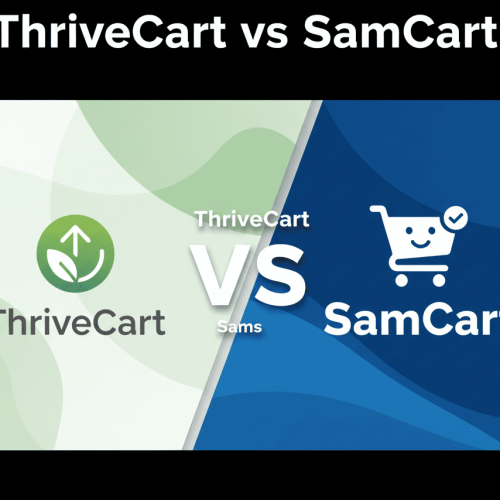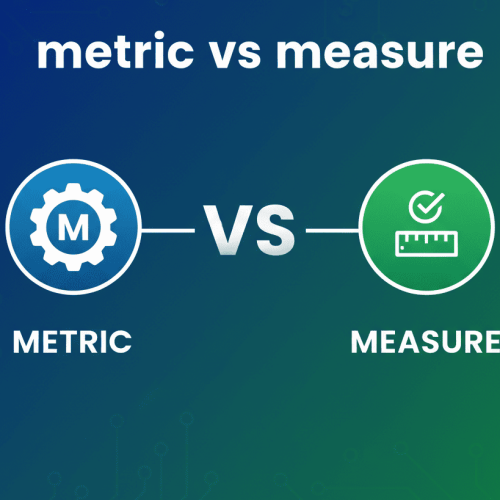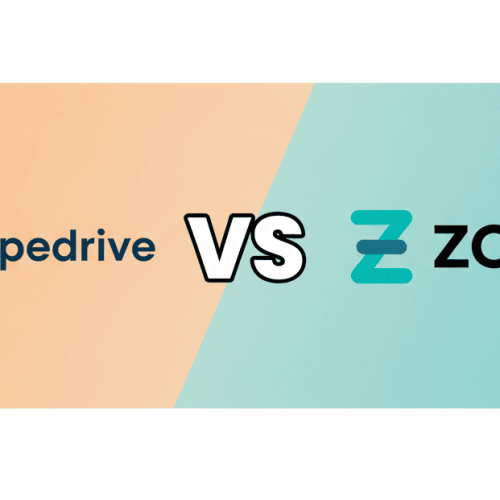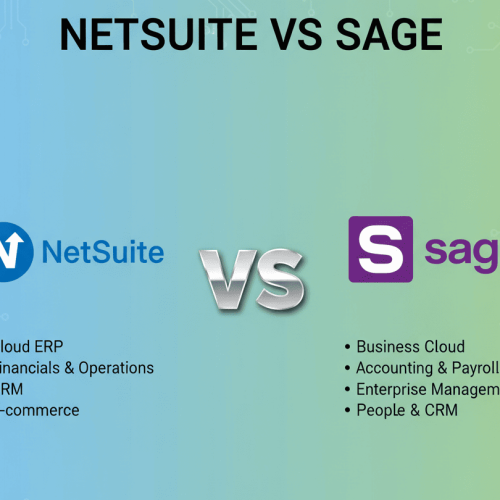Understanding the difference between a metric vs measure is key to making better business decisions. While the terms are often used interchangeably, they represent two distinct concepts in data analysis. A measure is a raw, fundamental data point, while a metric takes that raw data and puts it into a meaningful context, often for the purpose of tracking performance.
Think of it like this: a measure is a simple number that tells you “what” happened, such as the number of sales. A metric answers the question “how well?” by relating that number to something else, such as the number of sales per month or the percentage of website visitors who converted into sales. Metrics are the tools that transform raw data into actionable insights for your business.

What is a Measure?
A measure is a raw, quantitative value that represents a single data point. It is a fundamental unit of measurement, such as the total number of website visitors, the total revenue, or the number of products sold. Measures are the basic building blocks of any dataset and provide a snapshot of a specific activity or event.
This data is typically objective and can be collected automatically, such as from a website or a cash register. On its own, a measure provides limited insight. Knowing you had 500 website visitors is a simple fact, but it doesn’t tell you whether that number is good or bad without additional information. Measures are the ingredients you use to create a more meaningful analysis.
What is a Metric?
A metric is a quantifiable measurement that puts a measure into context. It is a calculation derived from one or more measures to track, assess, and monitor the performance of a specific business function. Metrics are used to evaluate progress toward goals, identify trends, and provide a comprehensive view of how a business is performing.
The main purpose of a metric is to provide a “story” for your data. For example, a measure of “500 website visitors” becomes a metric when it’s combined with another measure, like “number of leads.” The resulting metric, “website conversion rate” (500 visitors to 5 leads = 1% conversion rate), tells you how effective your website is at generating leads. Metrics are the core of any data-driven strategy.
Conclusion: Metric vs Measure
In summary, a measure is a raw, singular data point, while a metric is a contextualized calculation that provides meaningful insight into business performance. Measures are the fundamental building blocks, providing the “what.” Metrics are the analytical tools that answer the “how well.” Businesses use measures to collect data and then use metrics to transform that data into actionable intelligence, allowing them to track progress, make informed decisions, and achieve their goals.
FAQs
- Is a KPI a metric or a measure?
A Key Performance Indicator (KPI) is a specific type of metric. While a metric tracks performance, a KPI is a metric that is directly tied to a key business goal, such as “increase quarterly sales by 10%.”
- Can a number be both a measure and a metric?
Yes, in some contexts. The number of sales can be a measure, but when it is compared to the number of sales last month or last year, it becomes a metric used to track growth over time.
- What is an example of a measure?
Examples of measures include the number of calls received, the total number of new customers, the raw sales amount, or the number of unique website visitors. These are all single, raw data points.
- What is an example of a metric?
Examples of metrics include customer churn rate (number of lost customers over time), website conversion rate (visitors divided by conversions), and average order value (total revenue divided by number of orders).
- Why are metrics more useful than measures?
Metrics are more useful because they provide context and insight. A measure tells you a fact, but a metric tells you whether that fact is a success or a failure relative to a goal or a past performance.
- Do all businesses need to use both metrics and measures?
Yes. Businesses need measures to collect the raw data, and they need metrics to make that data meaningful. Without measures, you have no data; without metrics, you can’t analyze what your data means.
- Can a measure be predictive?
A measure is typically not predictive on its own. It is a historical data point. However, metrics that are tracked over time can be used for predictive analysis to forecast future performance and trends.
- How do metrics help a business grow?
Metrics provide a clear way to track progress toward a business goal. They allow teams to identify areas of improvement, make data-driven decisions, and understand the impact of their strategies.
- Are financial data points measures or metrics?
A financial data point can be both. A raw number like “total revenue” is a measure. When it is compared to “cost” to create a “profit margin,” it becomes a metric used to evaluate financial health.
- What is the relationship between measures, metrics, and analytics?
Measures are the raw data inputs. Metrics are the calculations performed on those measures. Analytics is the process of interpreting and understanding the patterns, trends, and reasons behind the data you get from your metrics.





